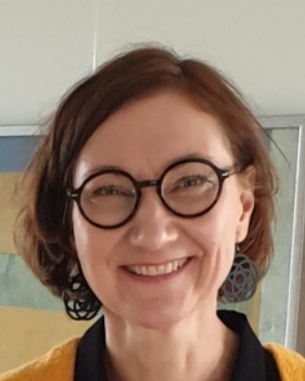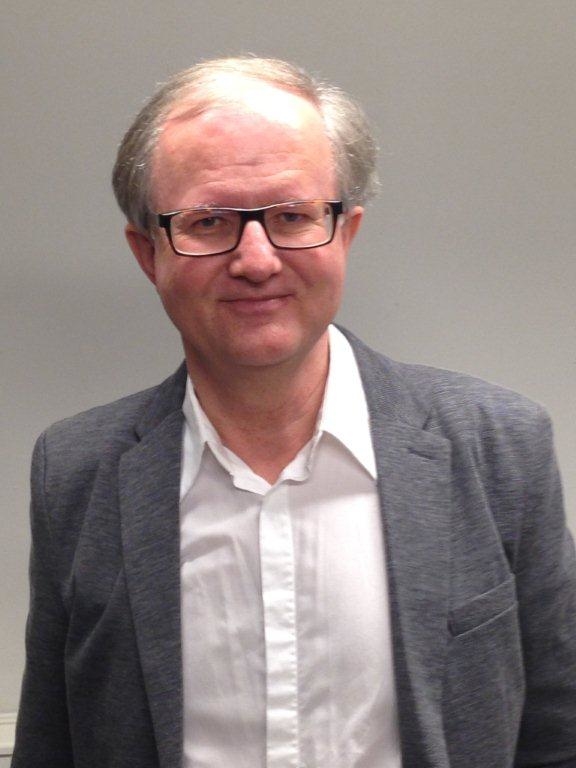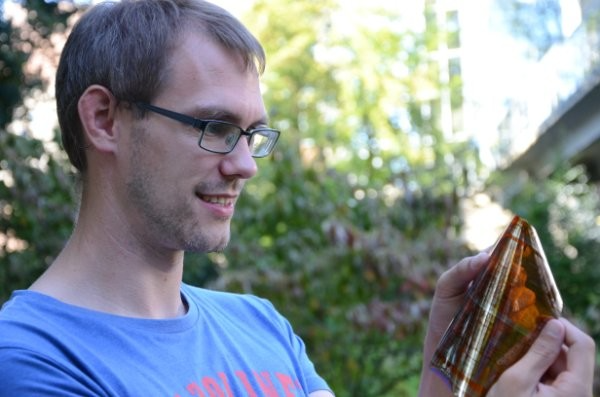Talk Information
"Sustainable Sensor Solutions through Printed and Hybrid Manufacturing"
Sustainable development is becoming a widely adopted strategy by several sectors including flexible electronics. Compliance with sustainable development, ecodesign and circular economy are extremely important in several application areas of sensors realized through flexible electronics. For instance, single-use sensors are implemented in several application areas like medical diagnostics or intelligent packaging. As the global consumption of materials is increasing rapidly and the amount of electronic waste is increasing, sensors and electronics made of sustainable materials would be beneficial and hence contribute the sustainable development goals.
Combination of environmentally friendly and renewable materials, material-efficient, green processes and use case specific product needs are essential in realisation of sustainable solutions.
Additive manufacturing technologies printed and hybrid assembly based manufacturing processes offer low emissions and losses in order to reduce the use and waste of materials. Hence, these deposition technologies are considered more material-efficient than traditional electronics manufacturing methods. Additive manufacturing enables also a possibility to use wide selection of substrate materials including bio-based, compostable and recyclable materials, such as cellulose based materials and bio-based plastics.
Realisation of hybrid electronic solutions on paper and other sustainable materials will be presented. In addition, the non-metallic alternatives like graphene-based materials as conductive tracks and antennas as well as the printed power sources based on renewable materials will be discussed.
Talk Information
"Inkjettable, Polydimethylsiloxane Based Soft Electronics"
PDMS is known as an inexpensive, optically transparent and biocompatible soft elastomer. For these reasons, it is widely used in applications like tissue mimicking, electronic skin (e-skin) and microfluidics. The traditional manufacturing methods (lithography, mold casting) make PDMS fabrication both time-consuming and inconvenient. Therefore, we focus on additive and digital manufacturing of PDMS. In this paper, we report our recent work with an inkjettable polydimethylsiloxane (PDMS) solution, which is intended for multilayer printing of soft electronics, such as sensors.
Talk Information
"Emerging Sustainable Sensors Based on Nanostructures on Flexible and Disposable Substrates"
This talk gives an overview of recently demonstrated sensors based on the nanomaterials synthesized on different flexible and disposable substrates. The sensor to be presented are for wide range of applications, e.g. detection of toxic heavy metals, diagnostic applications etc. During the talk, the suitable different nanomaterials synthesis methods are to be presented. The advantages and superiority of the emerging sensors using sustainable materials will also be discussed.
Talk Information
"Ultra-Low Power on Skin ECG using RFID Communication"
Abstract—Electrocardiograms provide rhythm, rate and electrical activity of the heart which can be used to diagnose health issues. Current methodologies for wireless based heart monitoring favour the use of Bluetooth Low Energy, which can require bulky batteries for device longevity. This paper investigates the use of a novel ultra-low power communications technique utilising Ultra High Frequency Radio Frequency Identification to stream ECG data in real time to a host computer to enable sub 2mW power consumption.
Talk Information
"Variation-Tolerant Digital Circuit Design for Printed/Flexible Electronics"
Contemporary digital circuits are synchronous-logic and are operationally error-free because they are designed to complete their operation within a predefined time period. In some applications, such as the MOS transistor operating in ultra-deep subthreshold voltages or in flexible electronics where the TFT is printed, the ensuing operation of digital circuits is prone to error. This is because the variations of the delay of the transistor are very high and the ensuing predefined time period is difficult to ascertain. In the case of the printed TFT where its substrate is flexible and hence possibly bent, the delay is possibly intractable, in part because the profile of the bending may not be known. In this talk, we will discuss the commonality between ultra-deep subthreshold and printed TFTs in terms of their variations. We describe the application of the esoteric asynchronous-logic Quasi-Delay-Insensitive (QDI) signalling protocol to design digital circuits that innately accommodate intractable delay characteristics, i.e., error-free operation despite unknown or intractable variations. To mitigate the hardware, power and timing overheads of QDI, we will present our proposed modified signalling protocol named Pseudo-QDI and our proposed Pre-Charged Static Logic as the preferred logic design style.
Talk Information
"Advancing the Sense of Touch for Collaborative Robots"
With the ever-increasing demand for robots to interact and collaborate with humans, comes the need for more and more sophisticated sensor technologies allowing the robot to perceive the physical interaction with the environment and, above all, to ensure the human's safety. The development of force and tactile sensors has been considerable over the recent past. However, more research efforts are needed to create sensors that can be integrated with the robot end effectors to augment robotic systems currently heavily relying on vision-based sensors with a sense of touch. Only with the appropriate touch sensor integrated, we will be able to achieve robotics solutions capable of closing the control loop for reliable object manipulation.
In my talk, I will report on the advancements at the Centre for Advanced Robotics @ Queen Mary in the area of force and tactile sensors and their integration with robotic systems. I will focus on the developmental stages of our optic-fibre-based sensors that prove to be extremely suitable for miniaturisation and integration with standard robot hands and grippers. Very recent work aims at extending our optics-based approach into the realm of soft robotics.
"TFT-based IP Cores For Flexible Electronic Applications"
Thin-film transistor (TFT) technologies are promising candidates for flexible electronic applications, as TFTs can be manufactured at large-sized and flexible substrates. Combining many TFTs in one circuit may lead to stand-alone flexible application-specific integrated circuits (ASIC) for a multitude of applications or may find their way in a hybrid solution combining flexible ASIC TFT-based components with Si counterparts. In this presentation, I will dive into the flexible ASIC components, also named intellectual property (IP) blocks or cores, that have been developed and demonstrated in recent years and are essential to serve those applications. The main IP blocks are communication circuits to interface NFC readers or touchscreens and several different memory options. As a last part, I will dive into recent developments with analogue integrated circuits translating sensor data to the digital world.





.png)




